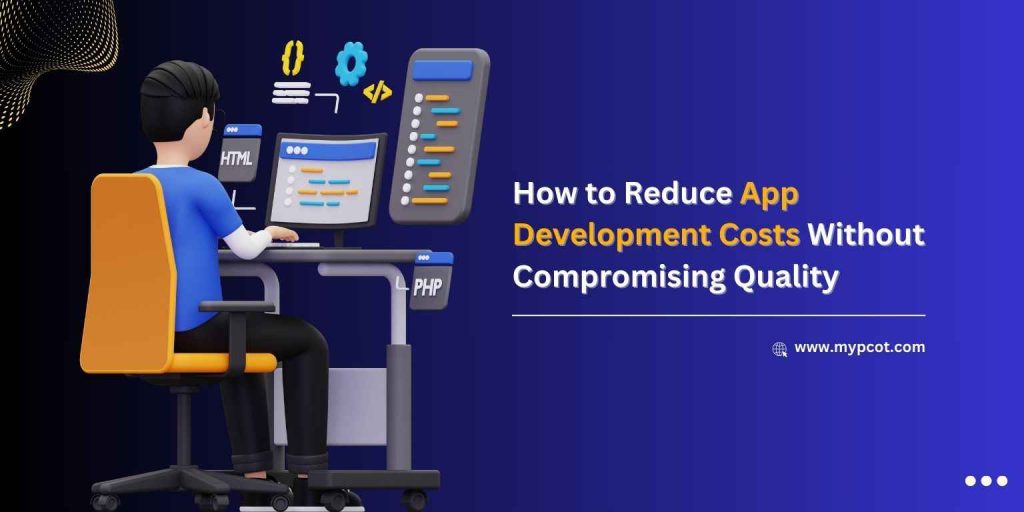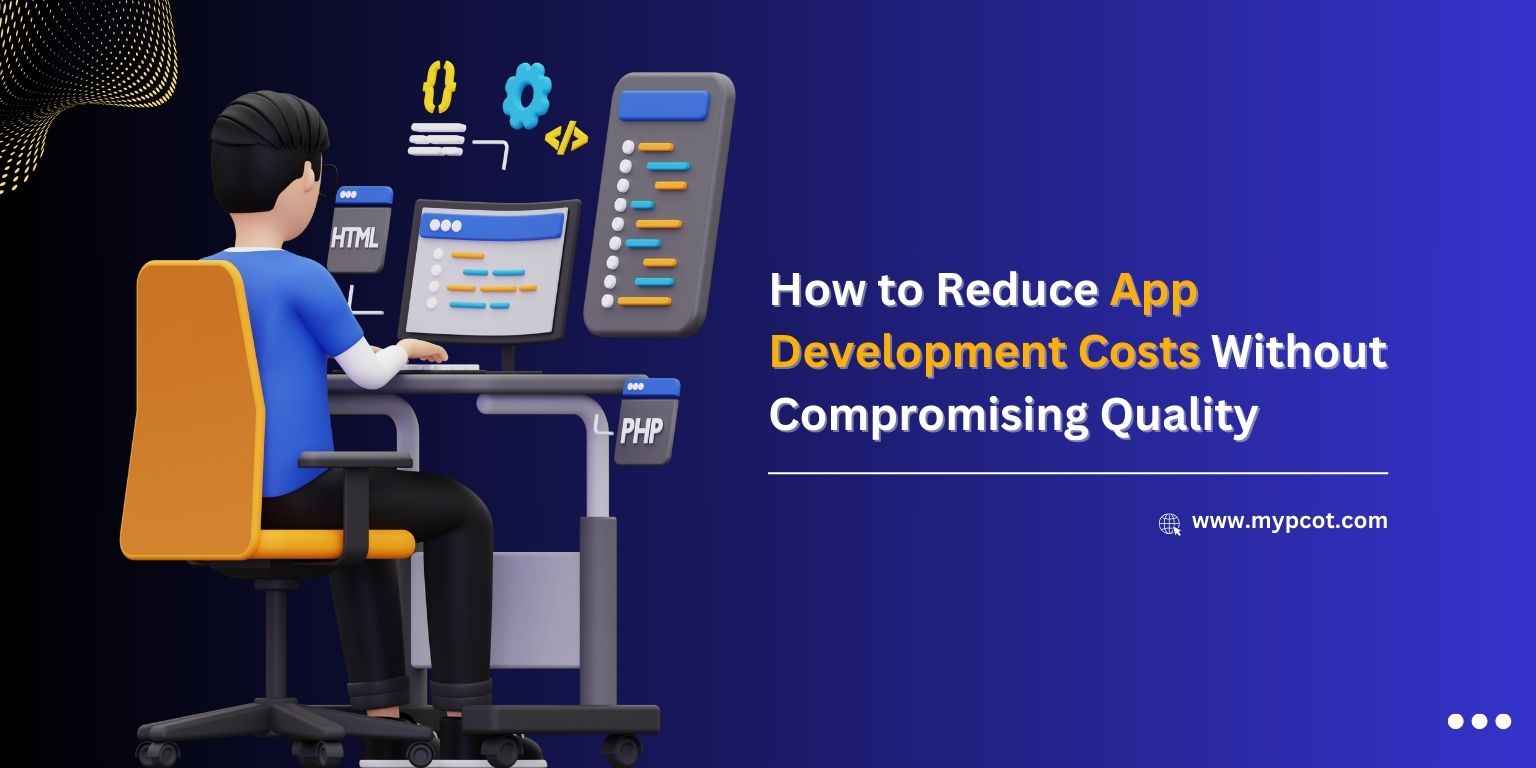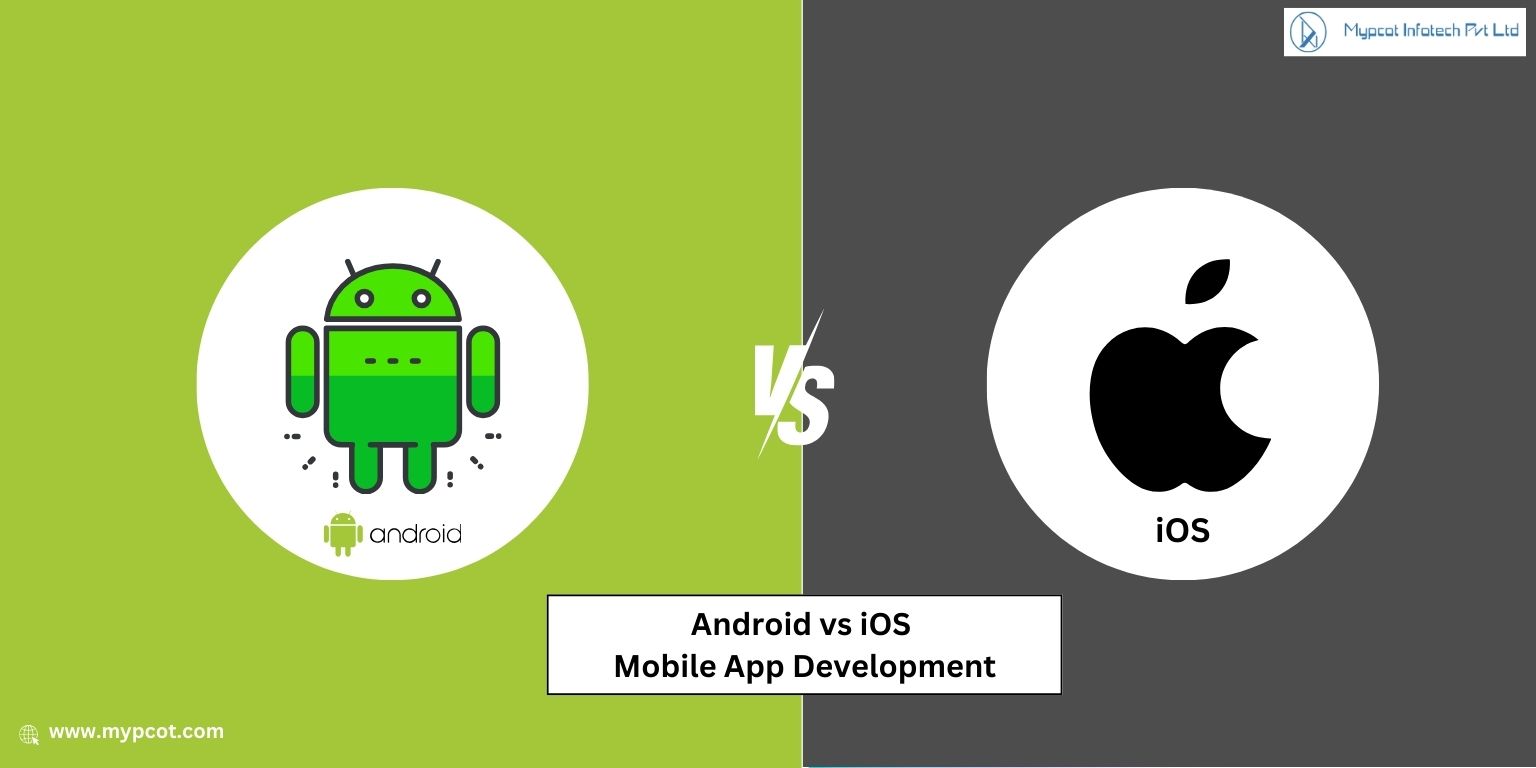The role of mobile apps in modern business is huge as they are a powerful way to attract customers, enable smooth running processes, and can enhance revenue streams for businesses of all sizes. However, app development costs can be expensive. Thankfully developers do not need to be fair, as there are ways of cutting costs when developing an app without lowering the quality if done in acceptable preventive measures.
This blog will guide you through proven strategies to reduce costs while maintaining top-notch quality for your app in 2024.
Table of Contents
ToggleTop 9 Ways to Reduce App Development Cost without Compromising Quality:

1. Clearly Define Project Requirements
One of the most critical steps in reducing app development costs is having a well-defined project scope. Unclear requirements often lead to unexpected expenses. By thoroughly outlining your app’s core functionalities and goals, you can avoid unnecessary changes later in the development process.
- Fact: According to research, 50% of app projects that fail to define their requirements properly end up with budget overruns.
Key Actions:
- List all essential features of the app.
- Identify potential user needs.
- Determine clear goals for app functionality and user experience.
2. Build a Minimum Viable Product (MVP)
Instead of launching a fully-fledged app, start with a Minimum Viable Product (MVP). An MVP is a version of your app that includes only the essential features. This allows you to launch quickly, test your idea in the market, and gather feedback. You can gradually add features as your user base grows.
- Fact: Launching with an MVP can reduce app development costs by up to 60%.
Benefits of MVP:
- Saves time and development costs.
- Provides early market feedback.
- Helps prioritize future features based on user demand.
Also Read: Importance of User-Centric UI/UX Design for Mobile Apps
3. Choose Cross-Platform Development
Choosing the right development platform is key to reducing costs. In 2024, cross-platform development tools like Flutter and React Native allow developers to build apps for both iOS and Android using a single codebase. This means you can target both platforms without doubling your development costs.
- Fact: Using cross-platform development can reduce development costs by 30-40%.
Advantages:
- Faster development cycle.
- Lower development and maintenance costs.
- Broader reach (iOS and Android users).
4. Outsource Development to Cost-Effective Markets
Outsourcing app development to cost-effective markets can significantly reduce expenses without compromising quality. Countries like India, Ukraine, and the Philippines are popular outsourcing destinations for app development due to their skilled workforce and lower labor costs.
- Fact: Businesses can save up to 50% on app development costs by outsourcing to countries like India, while still maintaining high-quality standards.
Outsourcing Benefits:
- Access to skilled developers at a lower cost.
- Time-zone advantage for 24/7 development.
- More flexibility in scaling teams as needed.
Also Read: Android vs iOS App Development: How to Choose the Right Mobile App Development Platform?

5. Use Pre-built Solutions and Open-Source Tools
Instead of building every feature from scratch, leverage pre-built solutions and open-source tools. Using libraries, frameworks, and third-party tools for common functionalities (like user authentication or payment gateways) can save significant time and costs.
Examples:
- Use Firebase for authentication and backend services.
- Integrate Stripe or PayPal for payment processing.
- Utilize open-source libraries like Retrofit (for API handling) and Glide (for image loading).
Benefits:
- Reduced development time.
- Focus on unique features instead of generic ones.
- Lower maintenance costs.
6. Regular Testing During Development
Testing your app early and regularly during the development process can prevent costly errors from creeping in. Bugs discovered after launch are far more expensive to fix than those found during development. By incorporating automated testing tools and regular quality assurance (QA) processes, you can ensure the app performs smoothly without unnecessary post-launch fixes.
Key Types of Testing:
- Unit Testing: Validates individual components.
- UI/UX Testing: Ensures the app is user-friendly and intuitive.
- Performance Testing: Checks how the app handles high traffic or stress conditions.
Also Read: Why Custom Mobile Apps Are a Game-Changer for Your Business in 2024
7. Opt for Agile Development Methodology
Adopting Agile methodology for app development helps reduce costs by breaking down the project into manageable sprints. This approach allows developers to focus on smaller features, gather feedback, and make adjustments quickly. It also ensures that you don’t invest in features that might later be deemed unnecessary.
- Fact: Agile projects are 28% more successful compared to traditional projects due to better flexibility and cost management.
Advantages:
- Quick adjustments based on feedback.
- Continuous improvement throughout the development process.
- Better control over the budget and resources.
8. Plan for Maintenance and Updates
App development doesn’t end with the launch. Regular maintenance and updates are crucial for ensuring long-term app success. Planning for updates helps keep your app relevant with new features and bug fixes, which in turn helps you save costs on expensive revamps.
- Fact: Apps that are regularly updated see 20% higher user retention rates.
Best Practices for Maintenance:
- Schedule regular performance checks.
- Update the app to stay compatible with the latest iOS/Android updates.
- Gather user feedback to prioritize new features or fixes.
9. Invest in Cloud Solutions
Cloud solutions can reduce the cost of building and maintaining a custom backend for your app. Using cloud services like AWS, Microsoft Azure, or Google Cloud can help manage data storage, authentication, and scalability more efficiently and at a lower cost.
Benefits:
- Pay only for the resources you use.
- Easily scale up or down based on demand.
- Secure and reliable infrastructure.
Conclusion
Reducing app development costs without compromising quality is achievable through thoughtful planning and smart strategies. From clearly defining your app’s scope to using pre-built solutions and adopting Agile methodologies, businesses can cut costs and still create high-quality apps. As we look into 2024, it’s essential to take advantage of modern development approaches like cross-platform development and cloud solutions.
If you’re looking for a cost-effective yet high-quality app development solution, Mypcot, a leading software development company in India, is here to help. With our expertise in mobile app development and a customer-centric approach, we ensure that your app meets all your business needs while staying within budget. Contact us today for a consultation and see how we can bring your app idea to life.
FAQs
1. What is the best way to reduce app development costs?
Ans: You can reduce app development costs by clearly defining requirements, using cross-platform development, leveraging pre-built solutions, and outsourcing to cost-effective markets.
2. Is it possible to reduce costs without sacrificing quality?
Ans: Yes, by using smart strategies like building an MVP, opting for regular testing, and choosing the right development methodology, you can reduce costs without compromising quality.
3. How does outsourcing help in reducing development costs?
Ans: Outsourcing to countries with lower labor costs, like India, allows you to access highly skilled developers at a fraction of the cost, significantly reducing overall expenses while maintaining quality.











